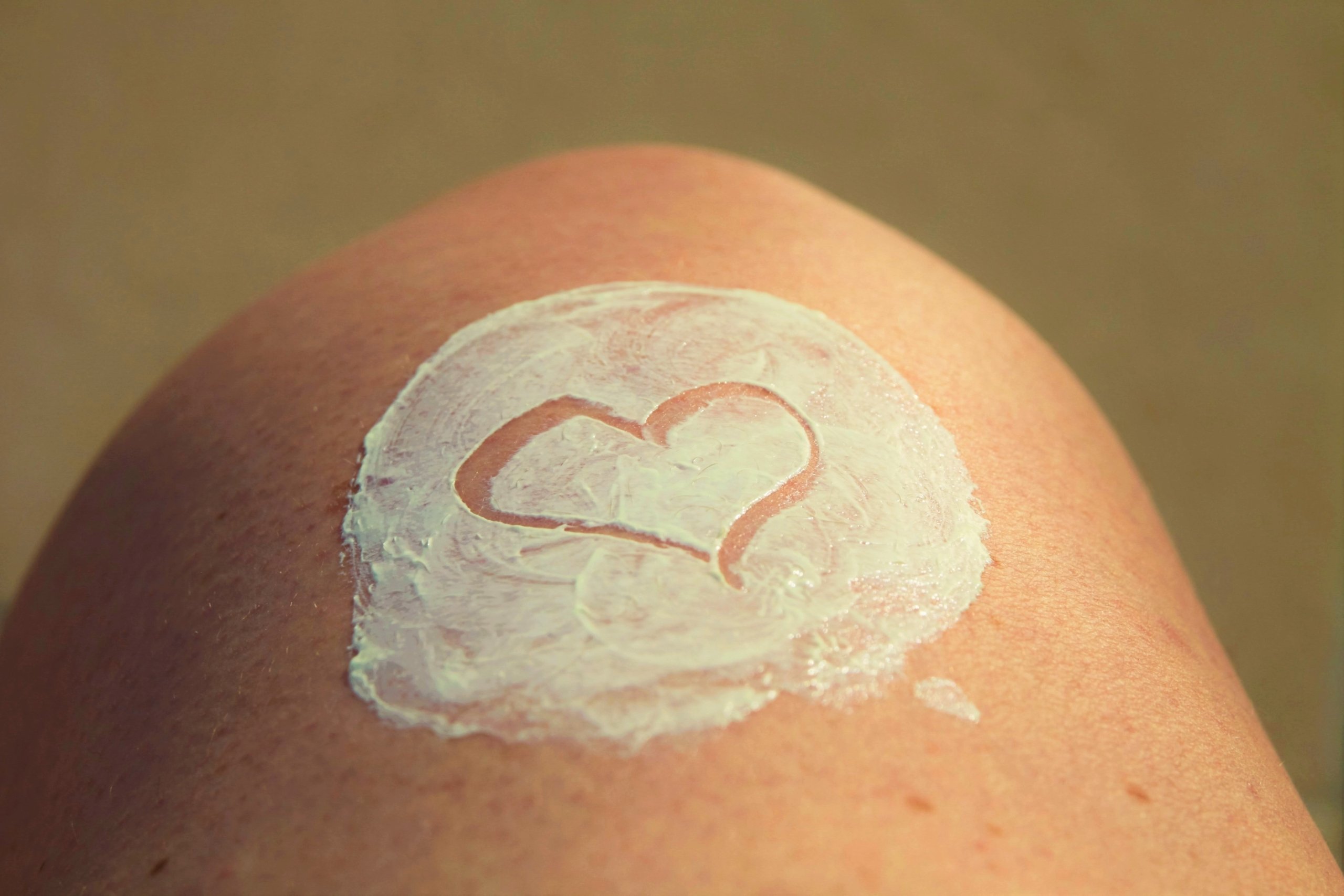
Summer is coming, and if you aren’t packing for a holiday already, you’re probably dreaming about one. When the seasons change and things start to heat up, it’s essential to protect your skin. Sunscreen can be your best defence against harmful UV rays. Although, is it possible to find a 100% natural sunscreen product?
As Mayca showed us last year, completely natural sunscreen is almost impossible to come by. That’s because sunscreens are divided into two categories:
But, is any of that natural? Yes and no. Zinc oxide and titanium dioxide both occur in nature. However, for commercial use, they can be produced synthetically.
That’s confusing, we know. There’s a lot of things to consider when it comes to picking a sunscreen that is good for you and the environment. Read along for some pointers on what to look for when choosing a natural sunscreen.
Before you can pick the right sunscreen, you have to better understand the science behind it. Plenty of terms get tossed around when it comes to this topic. So, let’s have a look at a couple of them.
Oh, those evil UV rays! The sun is lovely and gives us lots of vitamin D, but it doesn’t come without a price. Ultraviolet radiation harms your skin as it speeds up ageing and can put you at risk for skin cancer. These rays come in two types: UVA and UVB.
The majority of light that comes in contact with your skin (approximately 95%) has UVA rays. UVA is more dangerous because there is simply more of it. Not to mention, it penetrates glass! Just because you’re indoors, doesn’t mean you’re entirely safe. UVA rays cause wrinkles, damage collagen and can provoke skin cancer.
That remaining 5% of light contains UVB rays. UVB rays aren’t able to infiltrate the skin as deeply as UVA rays. These rays produce the visible skin reactions we see. Sunburn, discolouration and tanned skin are all results of UVB rays. While these rays cannot penetrate glass, they can still damage your skin and cause skin cancer.
Everybody is familiar with SPF (sun protection factor); however, knowing which SPF is best isn’t easy. Essentially, the SPF numbers rating system signifies how long you can stay in the sun without being burnt. Selecting the perfect SPF level for you depends on your skin type.
Super high protection SPF can be misleading. In fact, people often get a false sense of security from it and stay in the sun too long. While that might not mean they get sunburned, it does increase the risk of skin damage. That’s because SPF only protects from UVB rays, not UVA rays.
Now that we’ve touched base on some terms, it’s time to get the nitty-gritty. How can you use this information to weed out sunscreens that are not-so-effective? Here are a couple of things to keep an eye out for.
As mentioned before, high SPF can be troublesome. It gives the illusion of lots of protection without any guarantee. Although, low SPF can be dangerous, too! It’s best to stay between 15 and 50 SPF for a fair amount of protection. Despite the number you have chosen, remember to reapply regularly!
Sunscreens that have broad-spectrum protection are your best defence on sunny days. That’s because they can protect you from both UVA and UVB rays. For a sunscreen to get a ‘broad spectrum’ label, it has to pass a test. Products that don’t have the label must include a warning stating they don’t protect against skin ageing or skin cancer.
While sunscreen can help protect you from the sun’s intense rays, it can also cause harm. This harm may be to you or the environment. It’s crucial to avoid certain ingredients that have come to light as being detrimental.
Only last year, Hawaii passed a bill banning sunscreen that hurts coral reefs. Scientists tied the synthetic chemicals oxybenzone and octinoxate to the bleaching of coral reefs. Furthermore, these chemicals can disrupt your endocrine system.
Be careful with using products that contain essential oils in the sun. Some essential oils contain furocoumarins, a special class of constituent that can cause photosensitization of the skin.
AVOID essential oils that may cause phototoxic or photosensitive reactions such as:
Whether you decide to choose physical or chemical sunscreens, remember that there are other ways to protect your skin from the sun.
One hundred percent natural sunscreen doesn’t exist just yet. Although, there are plenty of great products that are using mineral compositions or a mixture of mineral and chemical. Read the fine print and avoid any ingredients that can harm you or the environment. Don’t forget to take a look at Mayca’s picks for some of the best natural sunscreen products. Have fun this summer and enjoy the sunshine, safely!
Ashuni Pérez is an American writer based in Valencia, Spain. She has a passion for natural beauty and the environment. Ashuni loves to cycle and drink smoothies in the sun. Follow her on Instagram at @ashuuuuni
2 responses